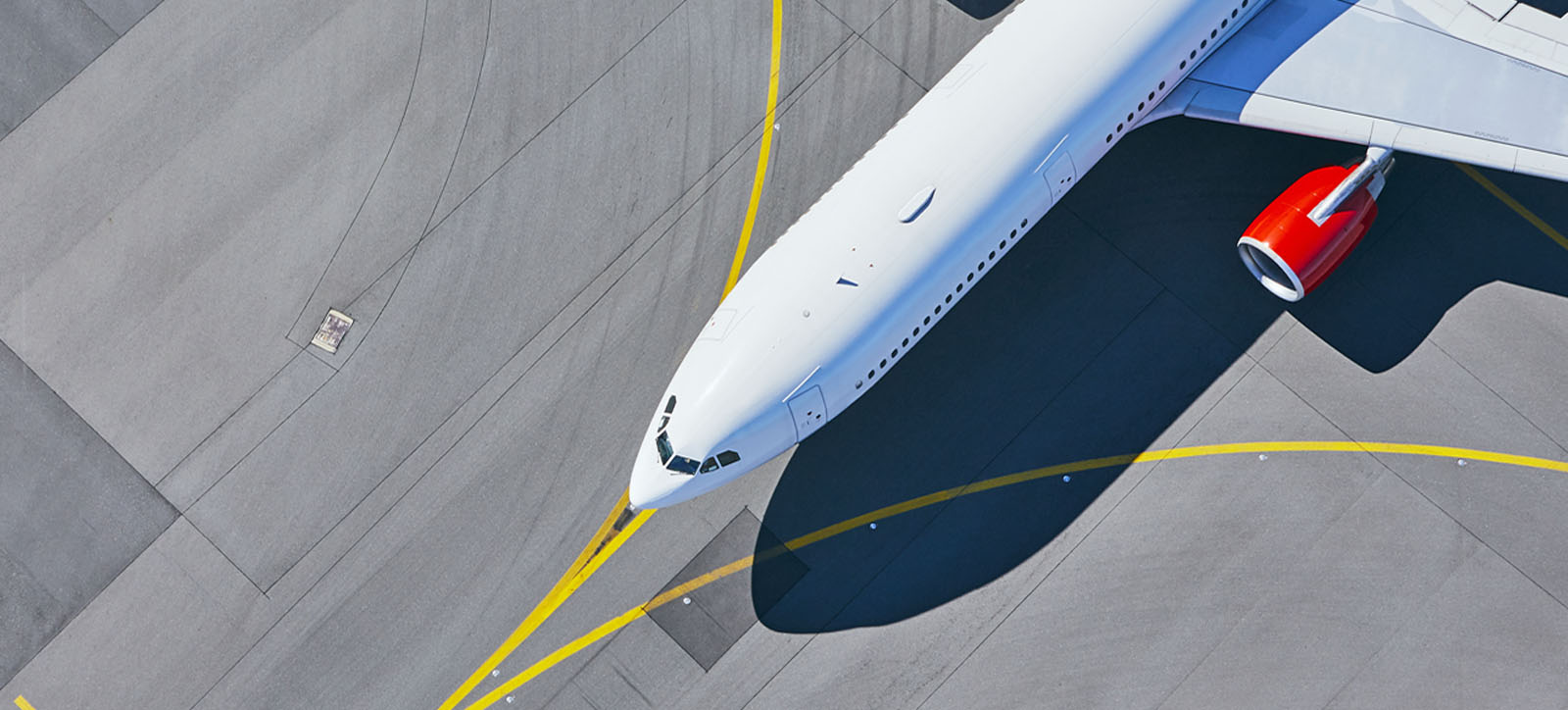
- Researchers use aircraft location data to estimate economic activity
- 25 billion location broadcasts used to reconstruct 67 million flights
- New method generates real time estimates of aviation’s contribution to GDP
- Study by WBS Data Science Lab published by Nature
Aircraft location broadcasts used to aid air traffic control could also provide rapid estimates of aviation’s contribution to the economy, new research has found.
Aviation is a key sector of the economy, contributing at least three per cent to gross domestic product (GDP) in the UK and the US. However, statistical agencies currently rely on surveys of airlines to estimate activity in the aviation sector, and these are often costly and time-consuming.
A team from the Data Science Lab at Warwick Business School and The Alan Turing Institute crunched data from 25 billion aircraft location observations to automatically estimate airline flight volumes and aviation’s direct contribution to UK and US GDP. Their paper, entitled Using aircraft location data to estimate current economic activity, is published in Nature Publishing Group’s Scientific Reports today.
Sam Miller, a doctoral researcher and first author of the study, said: “We trawled through the 25 billion messages to identify take-offs and landings by analysing the altitude of aircraft over time. These data points provided the information we needed to reconstruct 67 million flights between July 2016 and December 2018.”
From the flight trails, the team generated fast monthly indicators for flight volumes by country and airline. Their findings show that real-time flight volume data can be used to improve estimates of aviation’s direct contribution to GDP. In contrast, traditional methods of estimating GDP can take up to three months, causing delays for policymakers who need to respond to economic shocks.
Tobias Preis, Professor of Behavioural Science and Finance and co-director of the Data Science Lab, said: “We find evidence that rapidly available aircraft location data may be particularly helpful in improving estimates during economic crises. The crisis we are currently fighting has underlined how critical fast indicators are for good decision making.”
The ADS-B data that the researchers use is broadcast by aircraft every few seconds, to help avoid air collisions. Commercial aircraft in Europe have been required to broadcast ADS-B data since 2017, and US aircraft since January 2020.
However, the researchers underline the novelty of ADS-B data and suggest a gradual approach for its incorporation into economic statistics.
Suzy Moat, Professor of Behavioural Science and co-director of the Data Science Lab, said: “We have developed a model that can adapt to changes in the relationship between flight volume and GDP statistics over time. This will help us make maximum use of ADS-B data as the volume and quality of these measurements continues to grow.”
The paper, Using aircraft location data to estimate current economic activity, by Miller, Moat and Preis, is available on the Nature website.
Sam Miller is a doctoral researcher in the Data Science Lab and The Alan Turing Institute.
Suzy Moat is Professor of Behavioural Science and co-director of the Data Science Lab. She is also a Fellow of The Alan Turing Institute. She teaches Big Data Analytics on the suite of MSc Business programmes and MSc Finance.
Tobias Preis is Professor of Behavioural Science and Finance and co-director of the Data Science Lab. He is also a Fellow of The Alan Turing Institute. He teaches Big Data Analytics on the suite of MSc Business programmes and MSc Finance.
For more articles like this download Core magazine here.




 X
X Facebook
Facebook LinkedIn
LinkedIn YouTube
YouTube Instagram
Instagram Tiktok
Tiktok